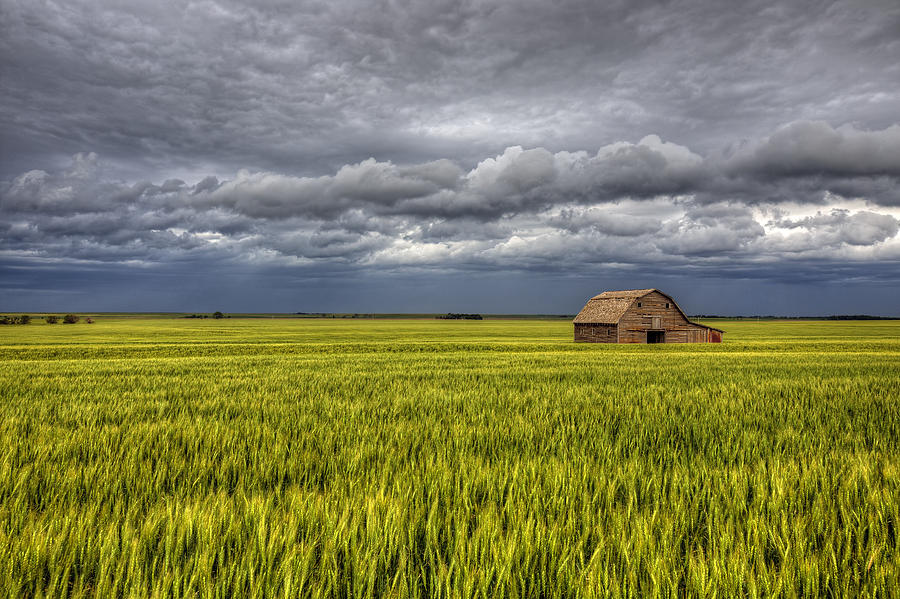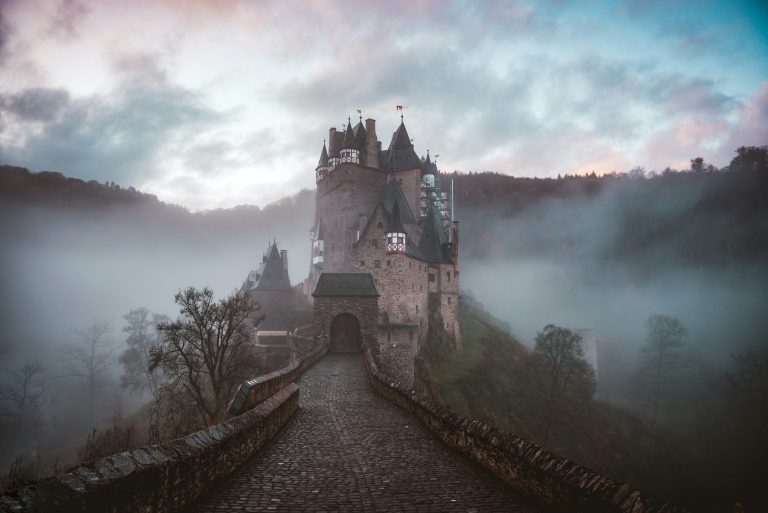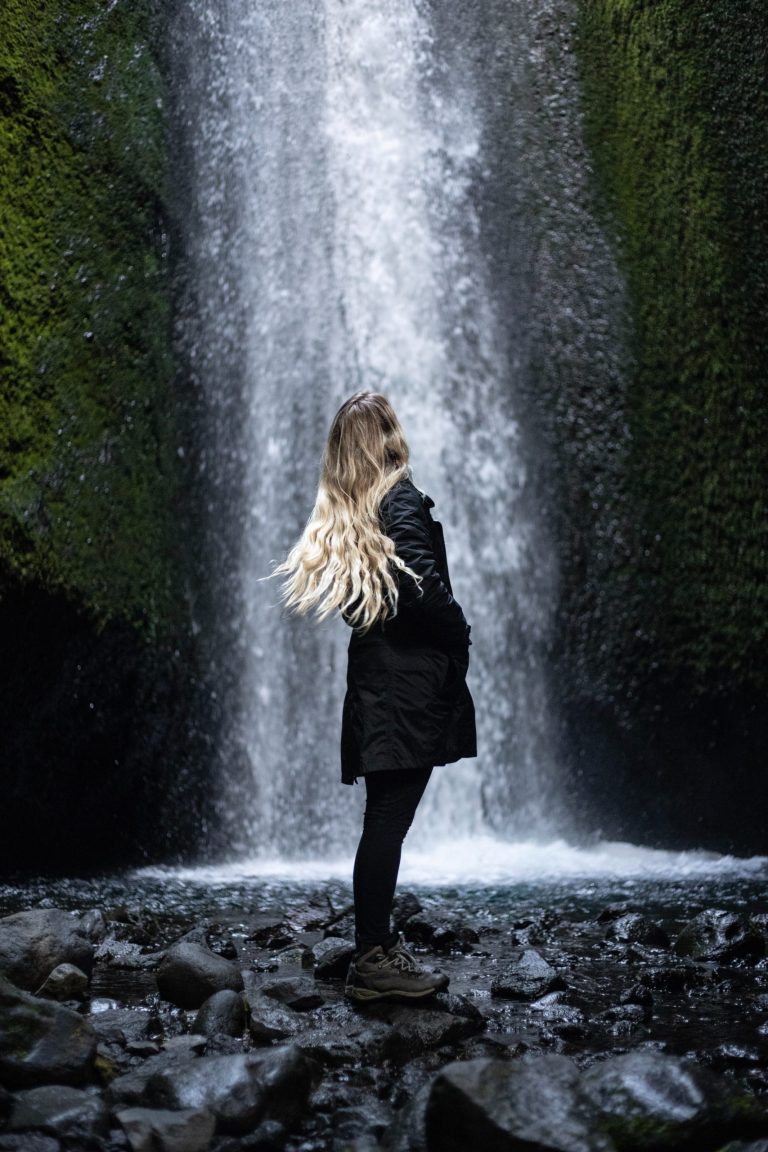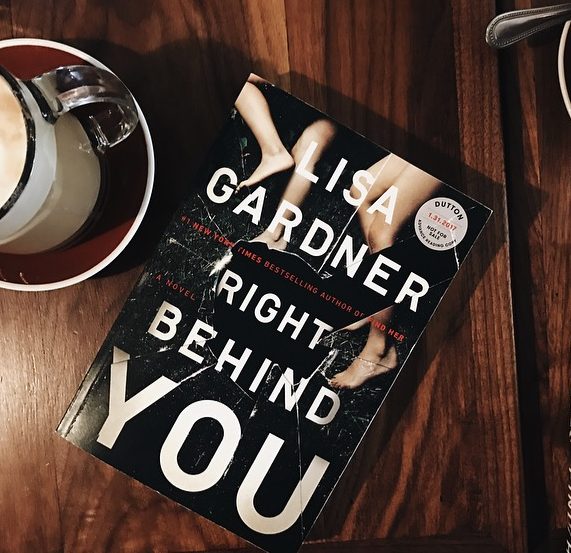A Look at Masterful Setting Description
Masterful writing must seep into every corner of a novel. We looked briefly at the description of characters in the last few posts, mostly drawing from just one novel of James Lee Burke’s. I could easily write a year’s posts highlighting masterful writing from any one of his novels. And in the series, I’ll be pulling more examples from his books.
When we talk about description, we’re covering wide territory. Narrative is, essentially, description, and via narrative we describe characters, setting, situations, and insights.
As we saw in those examples from Burke’s novel Wayfaring Stranger, description limited to merely physical components only goes so far to shine a light on the POV character’s personality. Every bit of narrative description needs to be purposeful in order to be masterful.
Yes, what a character notices about another’s hairstyle or clothing can bring out the POV character’s tastes and opinions, but there is so much more that great description can accomplish, and few writers think carefully about how to wield description in a powerful way.
When description is discussed, usually character and setting are the two most obvious novel components of concern. Every time your POV character moves into a new space—walks out a door into the outdoors, enters a building—some description is needed.
Please, Do Your Homework!
Determining how much and what kind of description can be a challenge, and this is why I’m taking the time to go deep into masterful writing: because the best way to learn how to know how much and what kind is to study great writers in your genre.
Genre is important! I continually emphasize this. And I sadly note how many manuscripts I edit and critique that the author claims is a specific genre (suspense, light romance, etc.) that turn out to be anything but. Often it’s this very component that is at odds with their intent: the type of description they have in their scenes is not appropriate to the genre.
That problem usually spreads into all other aspects of their novel as well (dialogue, pacing, tension, plot elements).
I don’t know why aspiring authors resist doing their homework. If you plan to be a surgeon, you probably wouldn’t balk at having to do a bit of studying to learn things like physiology and anatomy. So why don’t writers take the time to learn the anatomy of excellent writing?
The way you do that is by spending time with your nose in great books. And don’t just read casually; read to learn craft.
Your niche genre will give you parameters for description. The type, style, length, word choice, and placement of character and setting description for a space opera is going to be very different from a high-action suspense thriller, which will greatly differ from a literary relational drama.
Within subgenres you may see a lot of variation and personal style, of course. But there are parameters in common, and those are the ones you need to suss out.
Don’t just write description off the top of your head. Be aware that just taking care to show description through the lens (opinions, emotions, past experience, personality) of your POV character isn’t going to ensure the description is appropriate or effective. Be sure it also perfectly fits your genre.
That said, let’s start delving into setting description. This is another topic that could fill a year’s worth of blog posts. As with character description, setting is often ignored. Or it’s casually brushed over as if the writer begrudgingly knows something ought to be said about the place her character is in and just wants to “get it over with” and move on to the interesting elements in the scene.
An attitude like that shows a complete lack of understand of how powerful setting is.
Setting is perhaps the most versatile and useful element in fiction. It can reveal character motivation, backstory, past trauma, and the story’s cast, as well as reveal emotion and supply tension.
While I’m tempted to go into all the many ways setting can be used effectively in fiction, I’ll restrain myself and instead direct you to two excellent resources that I highly recommend every writer purchase and read thoroughly: The Rural Setting Thesaurus and The Urban Setting Thesaurus, by Angela Ackerman and Becca Puglisi. Everything you need to know about writing masterful setting can be found in these two volumes.
Using sensory detail is the key to bringing setting alive. And again, it’s not about coming up with a few random sights, smells, sounds, or textures but about carefully choosing these elements via POV so that they not only bring a locale to life but share something helpful about the character experiencing the setting.
As with character description, what your POV character notices should tell the reader something about him. It shouldn’t be just a list of factual, objective details. Characters, as with real people, should be affected by the setting they’re in, and that’s why carefully choosing where to set your scenes is important.
This description comes from Carlos Ruiz Zafón’s masterpiece Shadow of the Wind:
We walked down the stairs again, and when we reached the ground floor, Julián made his way to the library. The shelves were empty, the fireplace choked with rubble. The walls, a deathly pale, flickered in the breath of the flame. Creditors and usurers had managed to remove every last bit of it, most of which must be lost in the twisted heaps of some junkyard by now. . . .
When Julián comes to a door hiding a painful memory and dark secret, he kicks it in rage and forces his way inside.
A glutinous darkness came at us from the other side. A little further back, the form of a staircase could be discerned. Black stone steps descended until they were lost in shadows.
This place evokes tremendous emotion and memory for Julián, but the POV character Daniel is narrating, and so “his” choice of words” embody what he is experiencing as he looks around and watches what transpires. This is a place that holds secrets of cruel killings and death, and so Zafón deliberately uses words and phrases like “deathly pale,” “flickered in the breath of the flame” (giving the feel of tenuous, frail life), “twisted heaps,” and “glutinous darkness.”
Even using simple words like black and lost and shadows connect to the events, memories, and emotional content this setting holds for Julián.
A master wordsmith will consider every word and choose carefully when depicting a setting.
Weather and Mood
One other important function of setting description is to set a mood, and the choice of words used bear that weight.
Here is another passage from the same book, which brings mood and weather into play:
That Sunday, clouds spilled down from the sky and swamped the streets with a hot mist that made the thermometers on the walls perspire. Halfway through the afternoon, the temperature was already grazing the nineties as I set off towards Calle Canuda for my appointment with Barceló, carrying the book under my arm and with beads of sweat on my forehead. . . . A grand stone staircase led up from a palatial courtyard to a ghostly network of passageways and reading rooms. . . . I glided up to the first floor, blessing the blades of a fan that swirled above the sleepy readers melting like ice cubes over their books.
Zafón’s passage combines the elements of the weather with bits of physical description, setting a mood for the locale that affects what his character notices. He’s keenly aware of the heat, and though he never thinks Boy, it’s hot, we sense his discomfort by the beads of sweat, the appreciating for the swirling fan, and his observation of the melting readers.
Here’s another passage from the same book, again, showing how the weather description helps set the mood of the character:
A reef of clouds and lightning raced across the skies from the sea. . . . My hands were shaking, and my mind wasn’t far behind. I looked up and saw the storm spilling like rivers of blackened blood from the clouds, blotting out the moon and covering the roofs of the city in darkness. I tried to speed up, but I was consumed with fear and walked with leaden feet, chased by the rain. I took refuge under the canopy of a newspaper kiosk, trying to collect my thoughts and decide what to do next. A clap of thunder roared close by, and I felt the ground shake under my feet. . . . On the flooding pavements the streetlamps blinked, then went out like candles snuffed by the wind. There wasn’t a soul to be seen in the streets, and the darkness of the blackout spread with a fetid smell that rose from the sewers. The night became opaque, impenetrable, as the rain folded the city in its shroud.
We’ve only touched on setting in this post, looking primarily at mood and character’s state of mind as it’s mirrored or embodied by the setting. Using strong and effective verbs and adjectives will help you craft setting descriptions that are masterful.
Why not spend some time working on your setting descriptions so that every word you use serve a purpose in revealing your character’s personality and state of mind in that moment?
Do you spend time thinking about the weather in your scenes and how it can set mood and reflect the mood of your character? Got any nice weather passages from a novel you would like to share in the comments?
Check out the next post on this topic.












Once again, thank you so much for sharing your insight and clear examples with your followers. I learn so much here. I have shared this post online. Enjoy your holidays!
20-something years ago I read Stephen King’s IT. What I discovered was not a story about a scary clown but a book to be studied if one (me actually) was willing the learn the craft of excellent writing.
IT is so deep in character. He goes to the core. There is even a passage on Pennywise that actually makes us care. King’s book is my textbook. I love developing characters and that book has taught me more than any book I’ve ever read.
It is vital for every writer to seek out their own IT. Study that book, see how the author did it. Readers hate lazy writers. Remember that!!!!
Great points! Thanks for sharing that.
It had begun to snow again. He watched sleepily the flakes, silver and dark, falling obliquely against the lamplight. . . . Yes, the newspapers were right: snow was general all over Ireland. It was falling on every part of the dark central plain, on the treeless hills, falling softly upon the Bog of Allen and, farther westward, softly falling into the dark mutinous Shannon waves. It was falling, too, upon every part of the lonely churchyard on the hill where Michael Furey lay buried. It lay thickly drifted on the crooked crosses and headstones, on the spears of the little gate, on the barren thorns. His soul swooned slowly as he heard the snow falling faintly through the universe and faintly falling, like the descent of their last end, upon all the living and the dead – James Joyce, The Dead
Isn’t his cadence and repetition poetic! Love it!